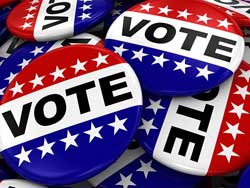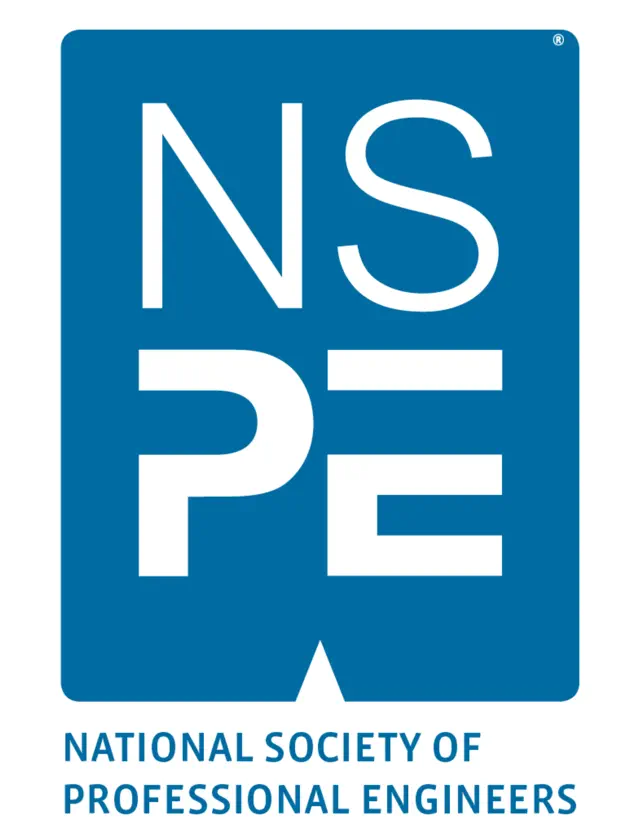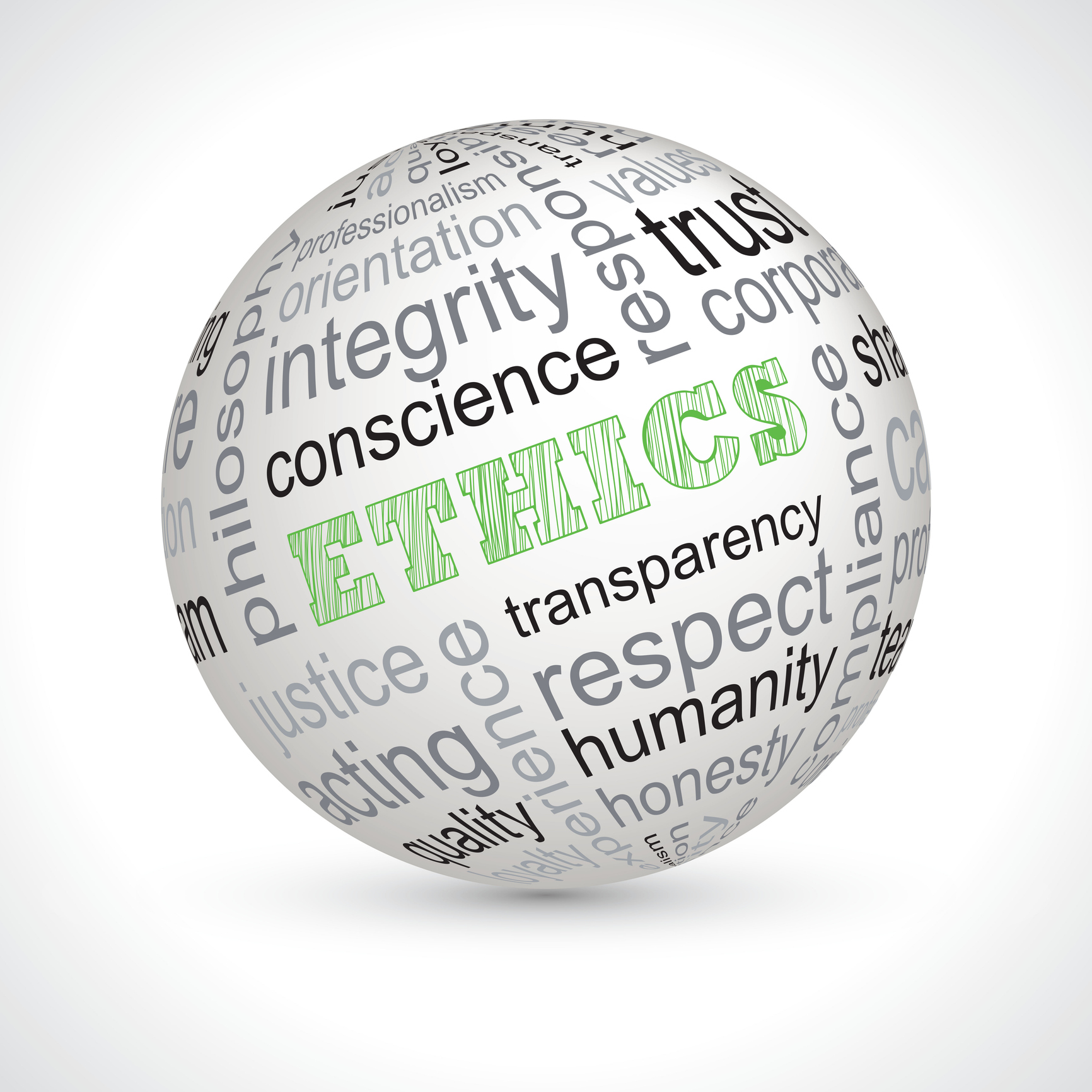Given recent legal and regulatory changes, professional engineers face a complex landscape impacting their professional responsibilities and ethical obligations. Professional engineers must adhere to both legal and ethical standards,1 including conforming with state registration laws in the practice of professional engineering.2 Professional engineers have a legal and ethical duty to ensure their projects comply with applicable rules and regulations. Therefore, professional engineers need to be aware of how these rules and regulations may change due to recent US Supreme Court decisions.
Engineering projects often rely on regulatory stability for successful completion, but recent Supreme Court decisions have created an environment that invites regulatory uncertainty. In Loper Bright Enterprises v. Raimondo3 the Supreme Court overturned the long-standing Chevron doctrine, and in Corner Post, Inc. v. Board of Governors of the Federal Reserve System,4 it extended the statute of limitations for challenging agency actions. These decisions have rippling effects in the regulatory schemes professional engineers often work under.
A New Era of Regulatory Oversight
For nearly four decades, the Chevron doctrine shaped administrative law by mandating judicial deference to federal agencies’ reasonable interpretations of ambiguous statutes. Established in the 1984 Supreme Court case Chevron U.S.A., Inc. v. Natural Resources Defense Council, Inc.,5 it involved a two-step test:
- Statutory Clarity: Determining whether Congress has directly addressed the precise question at issue. If the intent of Congress is clear, that concludes the matter.
- Agency Interpretation: If the statute is ambiguous, deferring to the agency’s interpretation as long as it is reasonable.
Initially, this approach was celebrated for acknowledging agency expertise in complex regulatory areas, fostering consistency without excessive judicial interference. Over time, however, critics argued that Chevron deference granted agencies excessive power, allowing them to effectively create laws without sufficient checks and balances.
In Loper Bright, decided on June 28, 2024, the Supreme Court overturned the Chevron doctrine. Industry groups challenged regulations promulgated by the National Marine Fisheries Service requiring fishing vessels to carry and fund federal observers. The lower courts had upheld these regulations under Chevron deference as appropriate agency interpretations of federal law, but the Supreme Court held that courts are not bound to agency interpretations when statutes are ambiguous and must independently interpret federal statutes.
This pivotal decision signals a return to traditional judicial roles in statutory interpretation. Federal agencies must now ensure their actions are firmly rooted in clear statutory authority, aligning regulations closely with legislative intent, as they can no longer rely on judicial deference to their expertise.
Redefining Legal Timelines: The Impact of Corner Post
Shortly after Loper Bright, the Supreme Court issued another significant ruling in Corner Post, addressing the statute of limitations for challenging agency regulations under the Administrative Procedure Act (APA). The Corner Post, a truck stop that began operations after the Federal Reserve’s 2011 regulation on debit card fees, challenged the rule in 2021. The lower courts dismissed the case, citing the six-year statute of limitations from the regulation’s issuance date.
The Supreme Court reversed this dismissal, holding that the statute of limitations for APA challenges begins when a plaintiff is "adversely affected or aggrieved" by the agency action—not when the regulation was originally issued. This decision extends the window for legal challenges against longstanding regulations, benefiting new market entrants.
While Corner Post offers an avenue for redress to entities previously barred by time constraints, it also introduces potential instability. Entities can now challenge regulations once considered settled, leading to renewed scrutiny and possible invalidation—even decades after implementation.
Navigating Legal Shifts: What Professional Engineers Need to Know
The combined effect of these Supreme Court decisions adds complexity and uncertainty to the regulatory environment that professional engineers navigate. Loper Bright’s overturning of the Chevron doctrine shifts how professional engineers interact with federal agencies and comply with regulations. With the removal of judicial deference to agency interpretations of ambiguous statutes, professional engineers now bear greater responsibility to understand the statutory basis of regulations, as agency interpretations.
For professional engineers, this means that regulations issued by federal agencies like the Environmental Protection Agency (EPA), the Occupational Safety and Health Administration (OSHA), the Department of Energy (DOE), and the US Fish and Wildlife Service (USFWS) may now face increased legal scrutiny. Projects that rely on these regulations could encounter delays or require redesign if courts invalidate agency interpretations during project development.
At the state level, the effects of the Loper Bright decision may ripple through jurisdictions that historically deferred to agency interpretations. Many states with Chevron-like deference standards may now reconsider their own approaches, potentially leading to changes in how state regulations are interpreted and enforced. This shift is already evident in recent cases.
For example, in the Matter of Minnesota Power for Authority to Increase Rates for Electric Service in Minnesota,6 the Minnesota Court of Appeals scrutinized decisions by the Minnesota Public Utilities Commission on rate design and cost allocations. Historically, state courts deferred to agency expertise under standards similar to Chevron deference. However, the court remanded parts of the case, finding the Minnesota Public Utilities Commission decision related to a specific rate base consideration to be arbitrary and unsupported by evidence where the agency did not develop explicit findings of fact supporting its decision. This reflects the potential for an increased judicial willingness to scrutinize agency decisions lacking thorough explanation or substantial evidence.
Without the assurance that agency interpretations will be upheld in court, professional engineers and their organizations may need to invest more in legal analysis and statutory interpretation. For professional engineers, this shift means increased variability in regulatory interpretation across federal and state jurisdictions. Professional engineers must remain vigilant of evolving legal standards, ensuring projects are designed to withstand varied interpretations without the previous stability provided by agency guidance.
Steering Ahead: Embracing Change in a New Regulatory Era
The Supreme Court’s decisions in Loper Bright and Corner Post mark a significant shift in administrative law, reducing deference to agency interpretations and extending the period for regulatory challenges. For professionals in any agency-regulated sector, these changes underscore the importance of heightened legal awareness and agility in regulatory compliance. Professional engineers must now navigate a landscape where regulatory stability can no longer be assumed.
Professional engineers must now proactively engage with the evolving legal landscape, ensuring they thoroughly understand the statutory foundations of the regulations that govern their work. This involves staying informed about legal developments, consulting with legal experts when necessary, and incorporating flexibility into project designs to accommodate potential regulatory changes.
By taking these proactive steps, professional engineers prepare for the complexities of a regulatory environment where stability can no longer be assumed, while upholding their ethical obligations to protect the public safety, health, and welfare.
1 See NSPE Code of Ethics Section I.6. ("Engineers, in the fulfillment of their professional duties, shall: … [c]onduct themselves honorably, responsibly, ethically, and lawfully so as to enhance the honor, reputation, and usefulness of the profession.").
2 See NSPE Code of Ethics Section III.8.a ("Engineers shall conform with state registration laws in the practice of engineering.").
3 603 U.S. ___, 144 S. Ct. 2244 (2024).
4 603 U.S. ___, 144 S. Ct. 478 (2024).
5 467 U.S. 837 (1984).
6 A23-0867, 2024 WL 4112927 (Minn. Ct. App. Sept. 9, 2024).


 Volunteering at NSPE is a great opportunity to grow your professional network and connect with other leaders in the field.
Volunteering at NSPE is a great opportunity to grow your professional network and connect with other leaders in the field. The National Society of Professional Engineers (NSPE) encourages you to explore the resources to cast your vote on election day:
The National Society of Professional Engineers (NSPE) encourages you to explore the resources to cast your vote on election day:




